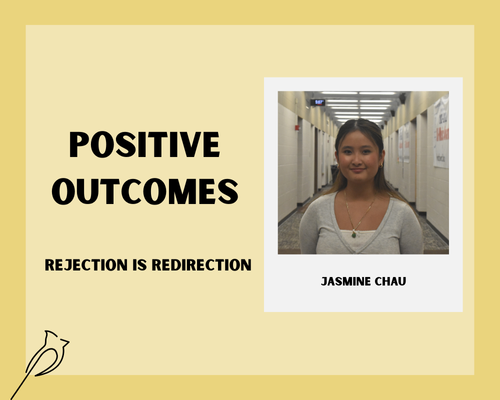Mental health in media
Social media doesn’t have accurate portrayal of mental health
For many, mental health issues are present in their everyday lives. Whether it’s seen in a family member, a friend or even themselves. For others, mental illness lacks an accurate depiction in their eyes.
From the many articles and sources that surround the online world, it’s hard to know what is true or what is not. Social media, books, movies and shows are the roots of many things that society learns from. All of these can be helpful, or they can be harmful. Many things are depicted wrong, including the portrayal of mental health.
Many times, the media portrays mental illness as just a distorted picture, with the character shown as violent, or that they should be locked up in a hospital. In many shows and movies, the person suffering is met with rejection, fear and anger. It seems that the television industry has become almost comfortable putting their own depiction of what mental illness is.
As an example, the show “13 Reasons Why” shows its fair share of the struggles of mental health and death. The show is controversial for all the right reasons. One of its biggest problems is a scene where a character commits suicide. That scene is not the only one shown that is, in a way, gory.
After the release of the series, the show was associated with the increase of suicides by 28.9%
Another example is the movie “Me, Myself & Irene,” which stars Jim Carrey as a patient that’s supposed to be diagnosed with schizophrenia, but instead represents dissociative identity disorder. The two problems with the movie is misrepresenting schizophrenia, and the portrayal of the disorder, which makes it seem as if it’s a silly or childlike thing. The same thing happens in the show “Monk,” which is about a detective diagnosed with OCD, and it as well, makes the illness seem almost funny.
Fortunately, some films and shows do try their best to accurately depict mental illness. The series “I Am Not Okay With This” showcases the protagonist Sydney Novak trying to understand her feelings with what’s going on in her life. She deals with depression and anxiety and struggles to explain her feelings. The series shows Sydney deal with panic attacks, her deteriorating mental health and her anger issues.
Another example is one of Netflix’s famous shows, “Bojack Horseman.” The series follows a horse called Bojack, who used to be popular for his 90s sitcom, but has lost his fame in the present day. In the show, throughout Bojacks life he struggles with addiction, depression and childhood neglect. The show is as truthful and honest as can be, even if it is incredibly blunt with how bad Bojack’s behavior is.
Mental illness is one of the most importants things to shed an accurate light on for those who are struggling. By showing the right picture, not only does it help those who are seeking help, it helps those who have already looked.
Normalizing mental illness in the media by accurately portraying it, helps change the vision that is a violent, unpredictable person. In order to eliminate a growing stigma against mental illness is to learn what is right from wrong, starting with what society sees most; the media. There are lots of ways to share a meaningful narrative, but using stereotypes and a false portrayal of mental illness is not one of them.

Hi! It’s Salem, and for the third and last time in a row, I am writing another staff bio. I’m a senior now, which is really hard to believe. I am this...








